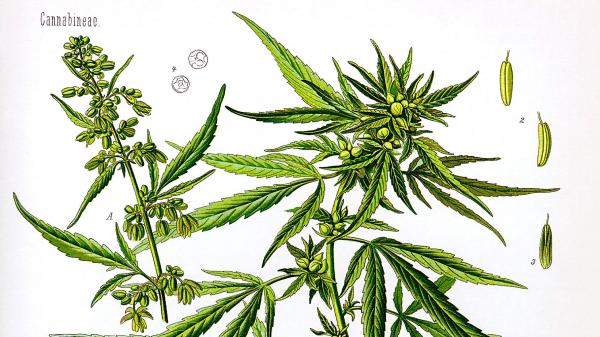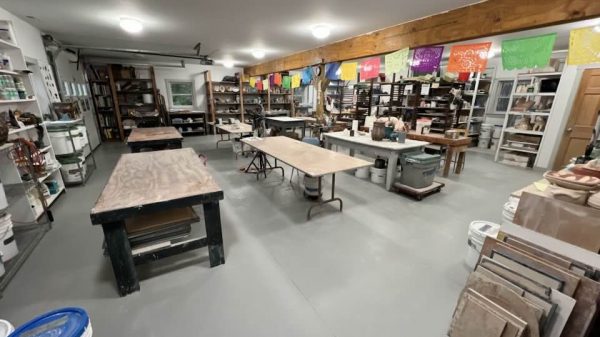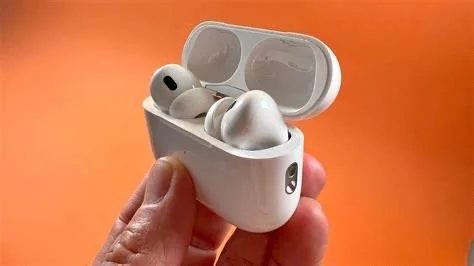KENT—People helping purple martins has driven exponential growth in the number of birds living in Kent and surrounding towns.

That was the message shared by scientist Laurie Doss as she introduced adults and children to the songbirds living in houses provided by the Kent Land Trust on preserved property next to the Kent Community Garden. The housing is just one of a number of colonies that have been established in Kent.
The KLT program, “Muffins and Martins,” held July 5 was designed to educate area residents about the symbiotic relationship between the birds and humans, while also doing field research and banding of new fledglings that hatched this year.

Doss has been helping lead the conservation program since the birds were first spotted on Skiff Mountain in 2006. She has several interns and volunteers that assist her each summer. Doss is the chairman of the Science Department at Marvelwood School and she’s also a board member with KLT and the Purple Martin Conservation Association.
“This is one species that has done a complete tradition shift in nesting, from nesting in native cavities and old woodpecker holes, to nesting in artificial housing,” Doss told the group. “So if there are not people, like the land trust and Marvelwood, and all these volunteers to take care of them, the eastern subspecies of martins will die out and they won’t be here.“
She was joined by two KLT interns who live in Kent, Ashley Wilkins and Irene Dumitrascu, along with volunteer Alecia Pickett.
Doss explained the average age of people hosting purple martins on their property is 65.
“As we start aging out as individuals, who is going to take over?” she asked, noting that there are examples of people moving where the new property owners don’t continue to take care of the colony. “We’re trying to get different nature organizations like land trusts involved, in addition to individual landlords, so that there is a safety net there.”
Wilkins explained that a year ago they placed GPS “backpacks” with help of the Purple Martin Conservation Association on three purple martins to track where they go during the non-breeding season as they head south. They will recapture them this year.

Doss held up a map showing the flight path of two of the birds. One of the birds was caught in a hurricane that blew it off course and brought it way out over the Atlantic Ocean but it was able to right itself and get to Brazil. It then flew back to Kent.
Participants were invited to remove baby purple martins from the nests as the adult birds flew around overhead. Each nest had four to five babies. Doss and her team determined the age of each young bird and placed bands on their legs, marking down data in notebooks. She has both a federal and a state permit to band.
Among those attending were Alice Hicks, vice chairman on the KLT Board of Directors, with two of her visiting sons, James and Dan, and four grandsons.
James Hicks was visiting from Texas and he said his children enjoy being outdoors. They had previously held young birds that had fallen out of nests in their yard but this experience was different. He looked forward to checking what they might be able to do to help the western species of purple martins when they get home.
“This is the first time they’ve held birds that are threatened. For them to get the idea of what is needed to save a bird is great,” James Hicks said.
Lynn Ainsworth of Kent was excited to be able to hold the birds as she removed them from the nests.
“I’m a gardener at the Community Garden. I’ve been watching the birds and wondering what’s going on,” Ainsworth said.
Purple martins like to live near open fields but they also like wetlands, which is one of the reasons placing colonies on preserved land works well. They eat a lot of flying insects and their “chattering” song is pleasant to hear. They are also known for their graceful flight.
In 2006, there were 20 purple martins banded in Kent. By 2023, the number grew to more than 700 birds and this year Doss expects to band more than 1,000 birds in town.
For more information about purple martins, click here.












































